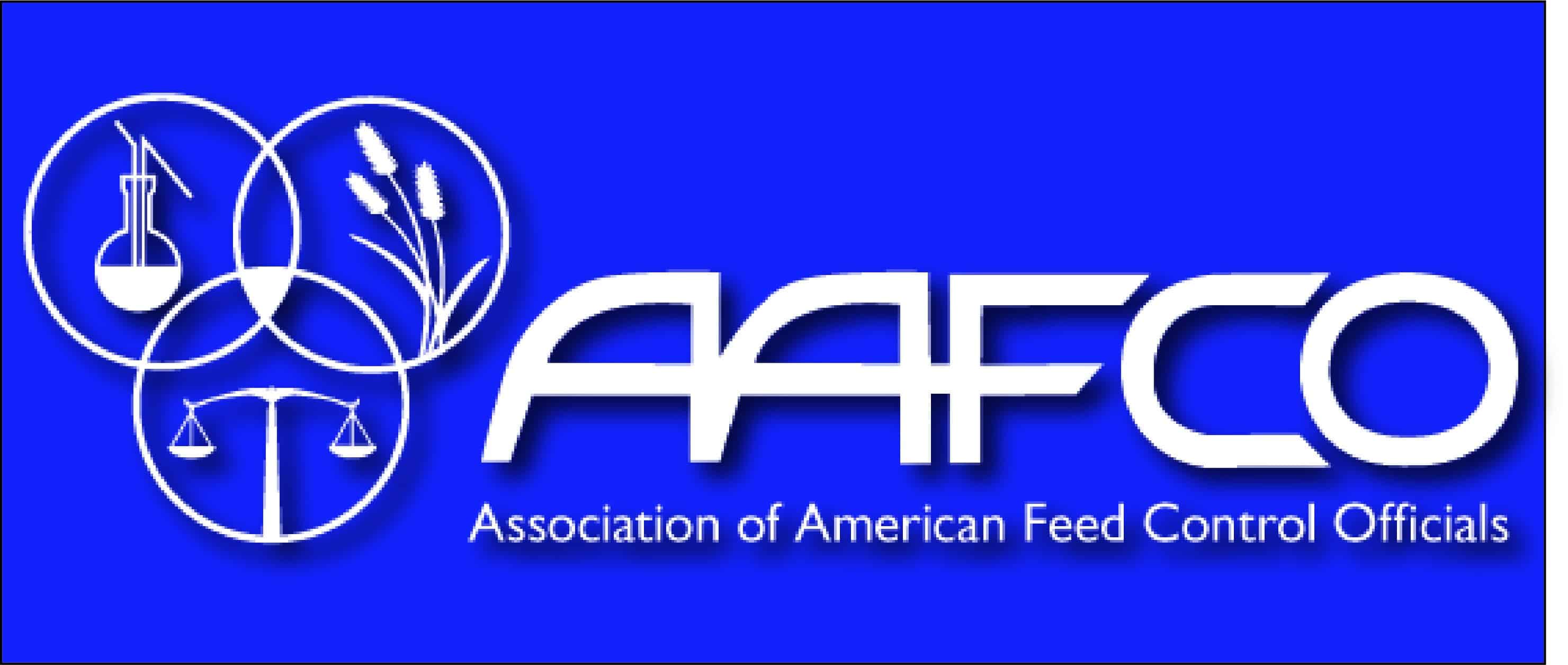When shopping for a dog food, do you ever wonder just what some of the information printed on the label means? This article will discuss the importance of an AAFCO statement.
What is AAFCO?
The Association of American Feed Control Officials (AAFCO) is made up of animal control officials from each state and territories, federal agencies (like the FDA) and government representatives from countries like Canada and Costa Rica. Local, state and federal feed regulatory 
What is an AAFCO Statement?
The “AAFCO statement of nutritional adequacy or purpose” also called a “nutrition claim” is a statement that indicates the food is complete and balanced for a particular life stage, such as growth, reproduction, adult maintenance or a combination of these, or if the food does not meet the complete and balanced requirements than it is intended for intermittent or supplemental feeding only. Under AAFCO regulations, this statement must be substantiated by the state and the pet food manufacturer.
The “complete and balanced” claim may be met in any of three ways:
- Feeding Trial: The preferred claim reads something like this: “Animal feeding tests using AAFCO procedures substantiates that this food provides complete and balanced nutrition.” That means the company formulated the diet and then tested it to make sure it is adequate. The AAFCO Protocols mandate factors such as the length of the trial and the diagnostic tests which determine if the feeding trial was successful. This “protocol testing” also requires that the food be fed during the period — often gestation, lactation and growth — for which the claim is made.
- Formulation: The alternative statement says something like “This food is formulated to meet the nutritional levels established by AAFCO.” That means according to calculations, the food should contain every nutrient the pet needs as specified in the AAFCO Dog Food (or Cat Food) Nutrient Profiles, which are based on the nutritional recommendations of the National Research Council (NRC) for dogs and cats. It should be adequate, but they have not yet tested the food to prove it.
- Product Family Establishment: This statement means that the lead product member of a pet food family passed a feeding trial using the AAFCO Protocols and that this food is deemed nutritionally similar to the lead product by meeting specific nutrient and calorie criteria. In essence this method combines the formulation and feeding trial methods for determining nutritional adequacy.
Pet foods may also have a nutritional adequacy statement if the food is intended for intermittent or supplemental feeding purposes only. This can be found in certain pet foods formulated for specific purposes such as weight loss or treats.
How are Feeding Tests Conducted?
The AAFCO has outlined very specific protocols, or guidelines, for conducting feeding tests. The protocols specify test criteria including such things as:
- minimum number of animals
- duration of test
- physical examinations by a veterinarian
- clinical observations and measurements including body weights, blood tests, and blood taurine testing for cats
Each life stage has its own protocol. Life stages are the same for both dogs and cats and are defined as:
- Adult Maintenance
- Growth
- Gestation/ Lactation
- All Life Stages
What does “All Life Stages” Mean?
A pet food with an “All Life Stages” claim can be used if it meets all of the nutrient requirements of both Growth & Reproduction and Adult Maintenance as listed in the AAFCO Nutrient Profiles. Although a food labeled as “All Life Stages” can be used from weaning through adulthood, it is most ideal during the gestation/lactation and growth. Pregnant and lactating pets have a higher need for certain nutrients, including protein and fat as well as minerals like phosphorus. Senior pets, on the other hand, may not need such high levels of these nutrients, especially pets with kidney issues.
Ask your veterinarian which food is best for your pet.
